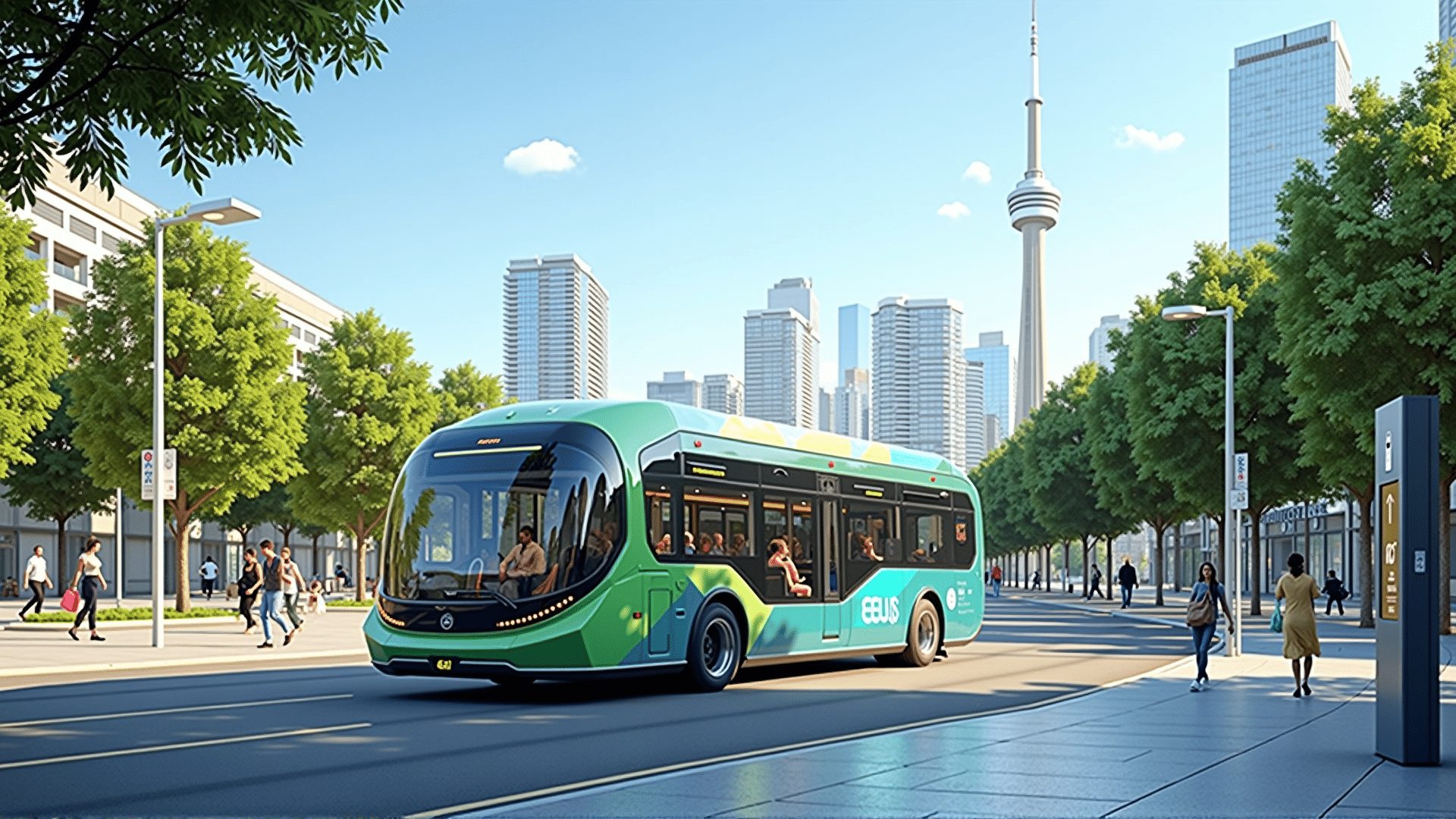Canada is witnessing a transformation in its transportation landscape as innovative methods are being integrated to enhance infrastructure with a focus on sustainability and technological advancements. These developments are not only catering to current demands but are also setting the stage for a cleaner and more efficient future.
One of the most noteworthy advancements is the adoption of electric vehicles (EVs). With the national commitment to reducing emissions, there is a significant push towards increasing the number of EVs on the road. This shift is supported by the expansion of charging infrastructure across cities and highways, making it more convenient for Canadians to transition to electric mobility. Moreover, governmental incentives provide support for this transition, further encouraging people to opt for greener vehicles.
Public transit systems in urban areas are also evolving, incorporating cutting-edge technology to improve efficiency and reduce energy consumption. For instance, Toronto and Vancouver are investing in smart transit systems that optimize routes and schedules to minimize wait times and energy use. These systems utilize advanced algorithms and data analytics to ensure smooth operations, catering to a growing urban population while keeping environmental impact minimal.
In addition, Canada is exploring the potential of autonomous vehicles. Pilot projects in several cities are testing self-driving shuttles and buses to understand their practicality and safety in real-world scenarios. These vehicles promise to revolutionize public transport by reducing human error, enhancing safety, and offering more inclusive options for individuals with mobility challenges.
Another transformative initiative is the development of high-speed rail networks. Proposed projects aim to connect major cities with efficient and environmentally friendly train services, cutting travel time significantly and offering a viable alternative to air travel for intercity commutes. Such rail systems are designed to operate with reduced carbon footprints, aligning with national sustainability goals.
The maritime sector is also seeing an eco-friendly shift with the introduction of hybrid and fully electric ferries. These vessels are essential for connecting coastal and island communities, and their electrification is reducing emissions while maintaining vital transport links.
Lastly, urban planning is increasingly focusing on multi-modal transport systems that integrate cycling and walking with traditional public transport. Infrastructure enhancements like dedicated bike lanes and pedestrian-friendly pathways are encouraging active transportation, contributing to lower emissions and healthier lifestyles.
Overall, Canada's embrace of innovative transportation methods exemplifies a commitment to sustainability and technological progress. By investing in electric, autonomous, and integrated transport systems, Canada is laying the groundwork for a future that balances efficiency with environmental responsibility, setting a benchmark for others to follow.
